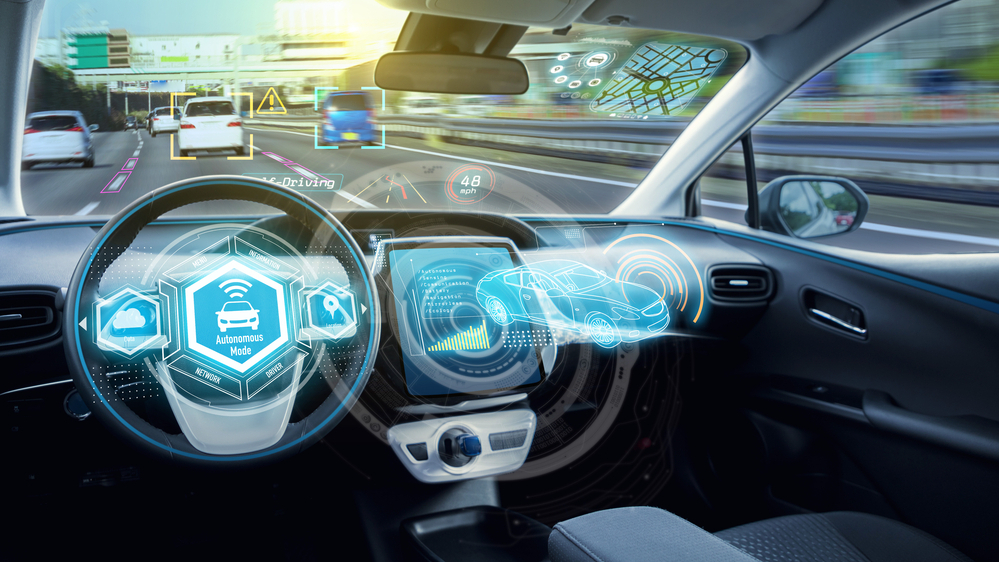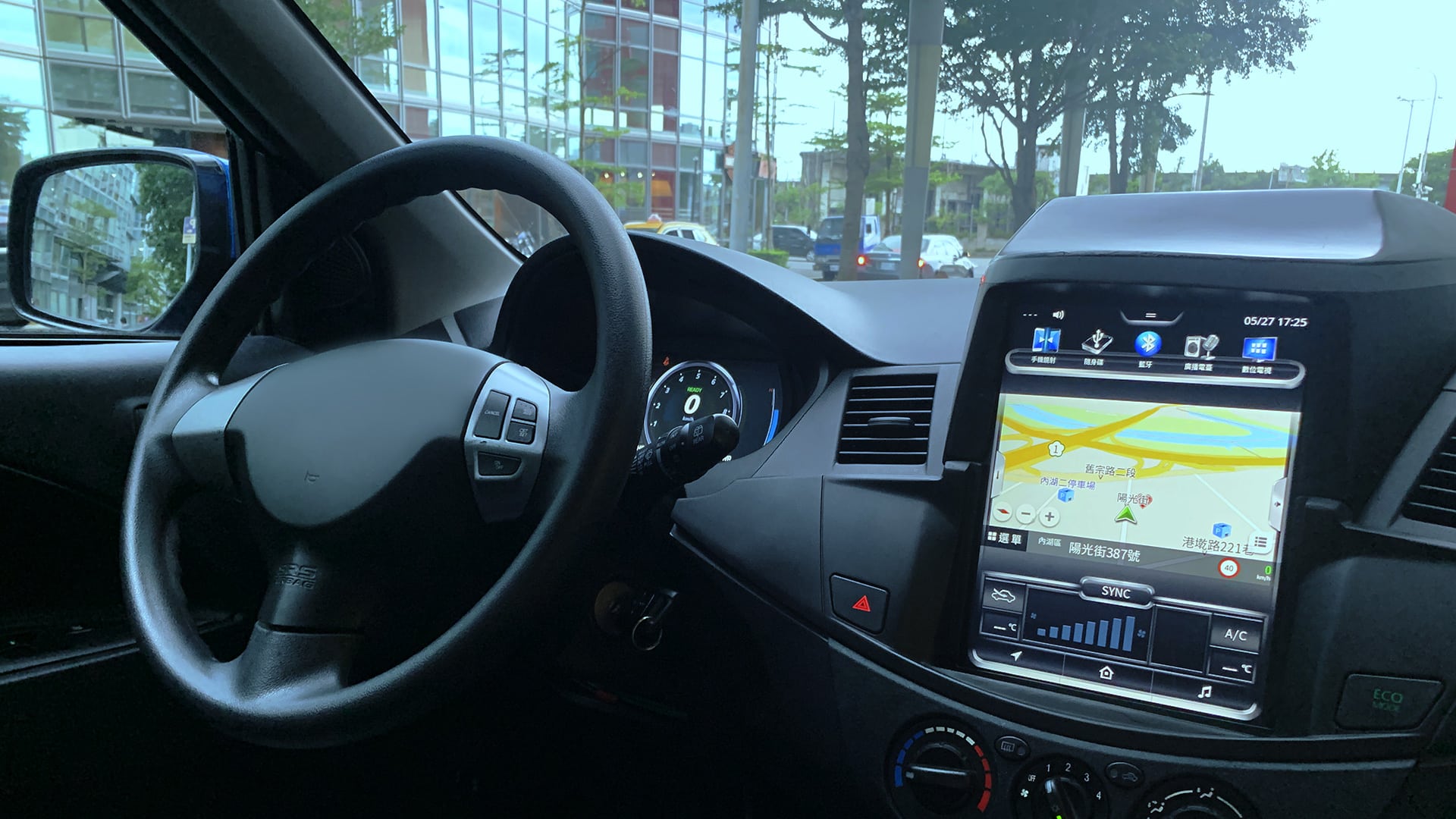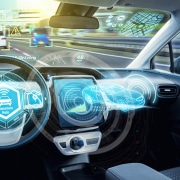What Is IVI (In-Vehicle Infotainment) Automotive System

Introduction to IVI Automotive Infotainment Solutions
In-vehicle infotainment systems (IVI) in automotive incorporate entertainment, information, connection, and navigation into automobiles. They empower immediate traffic updates, media streaming, internet browsing, and smartphone integration via Apple CarPlay and Android Auto. Unquestionably, the credit goes to high-resolution touchscreen interfaces, radical DSPs, and operating systems, including Android Automotive OS or QNX.
With voice recognition and AI personal assistants, IVI systems augment user engagement and drive security. They use V2X communication for better traffic management and protection. Remember, there is a notable cut in traffic incidents when cars have chic IVI capabilities. So, in-vehicle infotainment syndicates high functionality and rich user experience with endless developments in automotive telematics and digital infrastructure.
Understanding How IVI Automotive Systems Work

Integrated Head Unit
The integrated head unit deals with the user-vehicle digital service interface in the IVI automotive experience. Newer head units are computers with multicore processors that can execute convoluted tasks. They broadcast audio, receive car sensor data, and navigate in real time. Topical developments permit these units to support modular software architectures. It expedites third-party application and service integration and increases the compliance of automotive infotainment solutions. The interface allows smooth upgrades, including smartphone technology, which keeps the system updated by OTA with new features and security fixes.
HUD (Head-Up Display)
The HUD helps disregard driver distraction and keep eyes on the road. HUDs use clever optics and transparent screens to show velocity, navigation commands, and ADAS warnings without thwarting the driver’s vision. Modern models use AR to contextualize information, including showing the lane to use at a difficult crossing. The challenge of visibility in different lighting circumstances prompted the development of high-luminance projectors and variable brightness settings for better readability in direct sunshine and at night.
DSPs and GPUs
Current IVI systems’ multi-display settings need high-end DSPs and GPUs. For voice-controlled activities, DSPs optimize sound quality and decrease delay while processing audio and speech instructions. GPUs simultaneously generate HD graphics on the central touchscreen, digital instrument cluster, and passenger displays. These components enable rich graphical user interfaces and fluid animations for an exciting user experience. For example, GPUs produce navigation maps in 3D for heightened driver spatial awareness.
Operating Systems
OS choice is key to the function and adaptability of IVI automotive systems. Linux, QNX, and Android are popular OSes that balance flexibility, security, and developer support. These systems allow navigation, entertainment, and car diagnostics to be integrated. Consequently, it helps create an exhaustive environment of automotive infotainment solutions. In addition to resilience and dependability for safety-critical operations, the OS offers over-the-air (OTA) updates for continual improvement and new features after production.
Network Protocol Support
CAN (Controller Area Network) and LVDS (Low-Voltage Differential Signaling) let automotive electronics communicate. In-car communications depend on CAN, which allows microcontrollers and gadgets to communicate without a computer for real-time vehicle operations. Conversely, LVDS is used for high-speed data delivery to transmit HD video signals between the head unit and display panels. Contemporary in-vehicle infotainment systems need these protocols to flow data successfully for convoluted multitasking.
Connectivity Module
Vehicle systems integrate through the ECU, which collects all vehicle data and analyzes it. The results are then displayed on automotive screens such as the dashboard or IVI system.
The modules use cellular, Wi-Fi, and Bluetooth technologies for live traffic updates, cloud services, and Apple CarPlay and Android Auto smartphone connectivity. Wi-Fi hotspots let passengers use the internet. Specific SIM cards enable telemetry and emergency services. Bluetooth offers wireless connectivity for hands-free calls and audio streaming. Manufacturers must maintain secure connections for ongoing functionality and user data protection when integrating multiple technologies into a single module.
Automotive Sensors Integration
The ECU and CAN bus process and analyze data collected by automotive sensors, which is then displayed and utilized by the IVI system to alert drivers. These sensors gather vehicle and environmental information, such as speed, obstacle proximity, and weather conditions. The ECU performs complex calculations to adapt content and provide timely alerts, like adjusting display brightness automatically in response to rain for enhanced visibility. This integration facilitates seamless operation to promote safer driving.
Digital Instrument Cluster
Digital instrument clusters replace analog gauges with a configurable, responsive vehicle information interface. These clusters show speed, fuel levels, and engine warnings on high-resolution screens. It provides more presentation flexibility and navigational assistance in the driver’s line of sight. Such clusters now employ OLED and LCD technology to show beautiful colors and deep contrasts and adjust to driving modes and driver preferences. Sport mode’s digital cluster may emphasize the tachometer and performance data. In comparison, eco mode may highlight fuel economy. Recognizing human factors engineering helps develop and execute these clusters to communicate information and lower driver distraction.
In-Vehicle Infotainment Applications in FIC’s Offerings
Smart Cockpit System Integration
Using over four decades of technical progress, FIC has incorporated advanced automotive electronic technology into our Smart Cockpit. For an unrivaled, user-friendly driving experience, the integration includes an AR HUD, a digital instrument cluster, ADAS, and IVI. We provide easy access to actual information and entertainment. It helps establish the standard for automotive infotainment solutions. AR HUD, digital cluster, and IVI serve as human-machine interfaces in vehicles, facilitating communication between the car and its occupants. These systems display vehicle information and receive human commands, processed by the ECU and CAN bus. Our automotive solutions ensure that this information is presented with precision and clarity, meeting the needs for security and refinement.
Discovering FIC’s IVI Solutions
FIC is at the forefront of automotive electronics, offering tailored solutions for digital instrument clusters and IVI systems designed for the OE market. These systems are strategically integrated to enhance the overall driving experience, ensuring seamless operation and information display.
By focusing on smart driving cockpit integrations, FIC’s solutions facilitate smoother vehicle operation and improve safety through various advanced electronic systems. Furthermore, once these systems are connected to the vehicle network, they will make each journey more efficient, secure, and modern.





